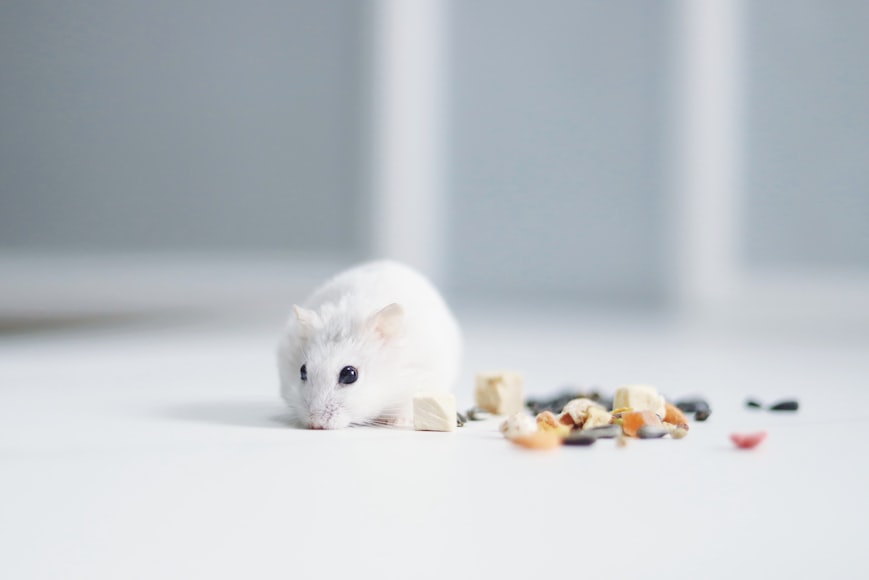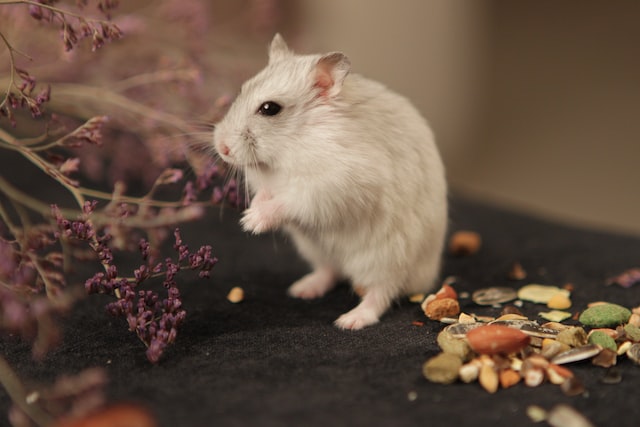Whether you’re just getting started with hamsters or you’ve owned one before, chances are that you want to make sure your furry friend stays healthy and happy. To help you out, we’ve compiled a list of 10 foods that your hamster should be eating on a regular basis if he or she wants to live a long and healthy life. You can find these ingredients in any pet store and at most grocery stores in the produce section, so if you want to keep your hamster healthy and happy, this list should come in handy.
1) Water

Water is the most important part of a hamster’s diet. They need it for hydration, brain activity, food processing and digestion. If a hamster doesn’t drink enough water, it can die from dehydration. To keep a hamster well-hydrated, make sure there is plenty of fresh water available at all times.
2) Legumes
Legumes, such as chickpeas, beans and lentils, are excellent sources of protein for your hamster. These foods also contain fiber, which will help keep your furry friend’s digestive system running smoothly. If you’re giving your hamster a legume that needs to be cooked before eating, make sure you cook it thoroughly so it won’t harm them.
3) Beans

Beans are a great way for your hamster to get their daily dose of carbohydrates, protein, fiber, vitamins and minerals. The best part? Beans are inexpensive and easy to find in many grocery stores.
Some of your hamster’s favorite beans include alfalfa, lentils, pinto beans, red kidney beans and chickpeas. These are easy for your pet to digest, which means you can give them several times throughout the day. Just make sure you don’t give them too many because they have a high sugar content.
4) Nuts
Nuts are one of the most important foods for your hamsters. They provide a good deal of protein, fat, and fiber, which is necessary for your hamsters’ diet. They also have some calcium in them, which is needed for strong teeth and bones.
5) Whole Grains

Whole grains are packed with fiber, protein, vitamins, minerals and other nutrients. They are a great way to help your hamsters stay healthy. Oats, barley, quinoa, brown rice, sorghum, millet and buckwheat are all examples of grains that provide your pet with important nutrition. Avoid feeding them refined grains like white flour or white rice as these have had most of the nutritious components removed.
6) Fruits and vegetables
Fruits and vegetables are a must-have for any healthy diet. They are full of fiber, vitamins, minerals, antioxidants, and phytonutrients that contribute to good health. Along with hay (which should be given at least once a day), fruits and vegetables should be offered in small amounts every day. Some great choices are apples, strawberries, oranges, carrots, green beans, grapes tomatoes.
7) Protein

Hamsters are omnivores, which means they need protein in their diet. Protein provides your hamster with the building blocks for its muscles and organs, so without it they won’t grow or develop properly. The best sources of protein for a hamster include:
- cooked eggs
- pumpkin seeds
- small bits of cheese – sunflower seeds – mealworms
8) Fats
Mice are naturally nocturnal animals, so they don’t need a lot of light in their environment. A 16-hour day would be appropriate for most mice, which translates to about eight hours of darkness and eight hours of light.
A mouse’s diet is typically composed of seeds, grains, legumes, fruits, vegetables, insects and meat.
9) Herbs, veggies, etc.

Your hamster needs a balanced diet. This means that they need the right mix of protein, carbohydrates, fats, vitamins, minerals and other nutrients. However, in order to get these nutrients they must eat the right food.
10) Treats
-Chews: Chews are an important part of your hamster’s diet. They need something hard to chew on so that their teeth don’t grow too long, which can be dangerous. Make sure the chews you give them aren’t too hard, though, because they could choke if they’re not used to chewing on anything hard. It’s best for them if you introduce a new chew into their diet gradually so that it doesn’t upset their stomach.
